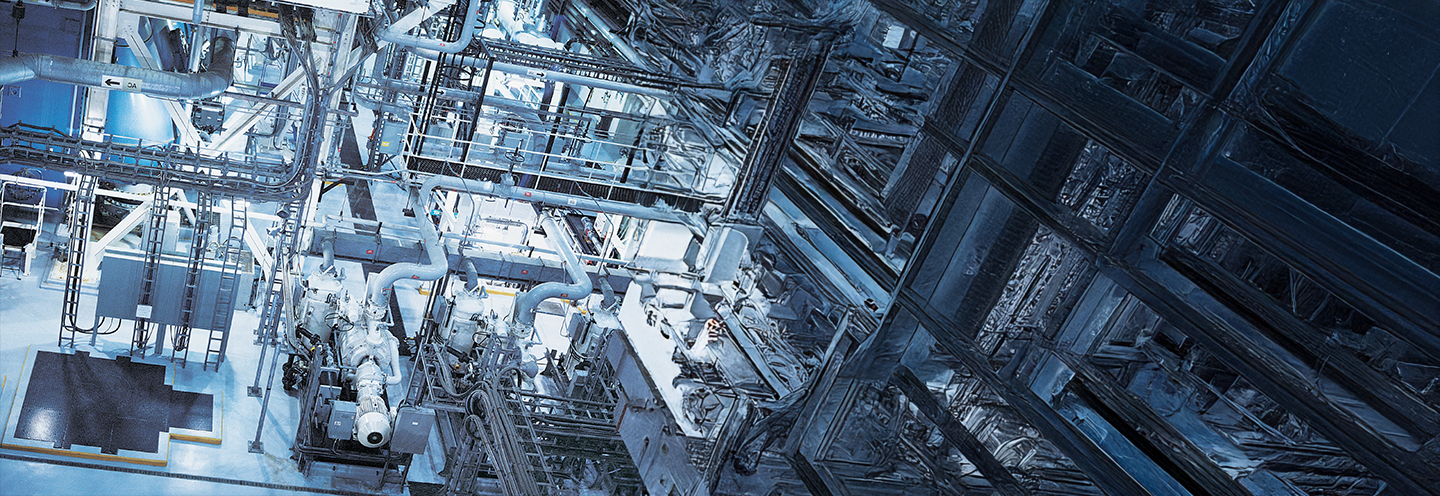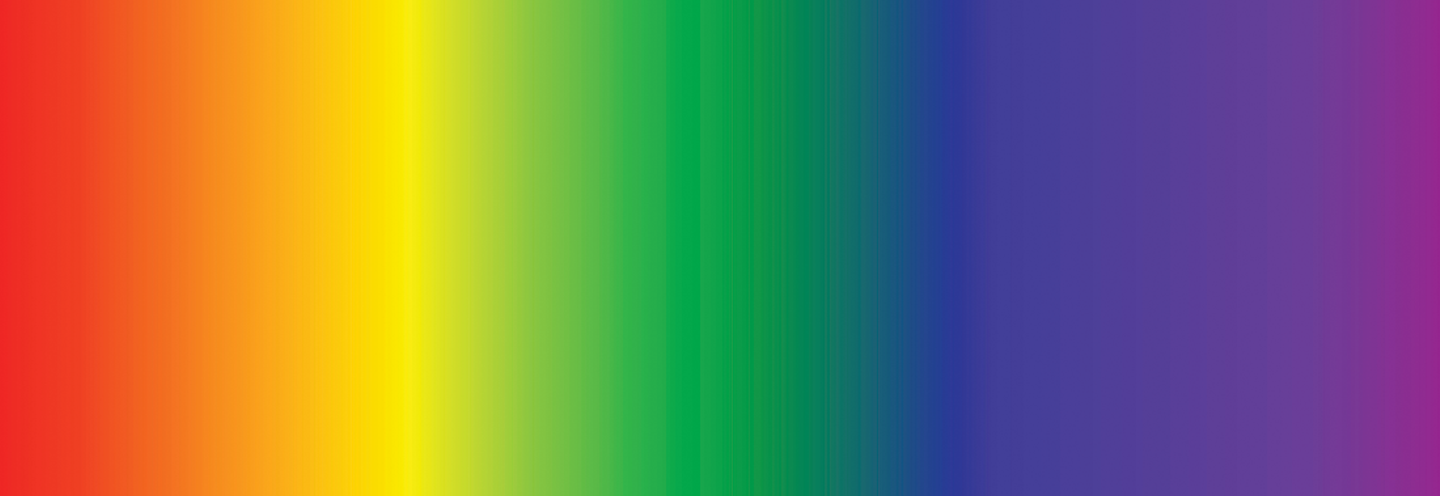The aeronautics sector has been using infrared technology in both the civil and military fields for over 30 years. In defense, it has mainly been used for IRST (Infrared Search & Track) surveillance missions.
But infrared technology is also used in preventive aeronautic maintenance for its excellent monitoring capabilities, which can help more accurately detect the smallest fault or problem.
Here are some specific, concrete examples of ways in which infrared technology is used in the aeronautics sector.
Infrared applications in civil aeronautics
In civil aeronautics, infrared technology serves essentially as a security system for monitoring and avoiding potential dangers and ensuring flight and passenger safety.
Here, we’re mainly talking about anti-collision systems that can identify and avoid stationary or moving obstacles when visibility is poor; for example, detecting electricity pylons or high-voltage power lines.
There are also landing assistance systems, or EVS (Enhanced Vision Systems), which include an infrared detector that can detect relief and airport layouts when visibility is poor. This kind of enhanced vision system helps make landing planes and helicopters safer. The visibility of the scene is optimized, increasing pilots’ situational awareness and helping them see through fog, mist, and at night, which improves overall on-board safety.
EVS improves situational awareness considerably, for take off, approach, and landing, as well as maneuvering on the ground.
Taxiing is the phase before take off and after landing when the aircraft moves along the ground using its propellers or jet engines. During taxiing, infrared sensors mounted on optronic pods provide a 360° view, helping to detect potential obstacles on the ground that are not visible from the cockpit.
If you would like to find out more about this topic, you can download an interview with LYNRED’s SWaP product manager for free.

Infrared applications in defense aeronautics
In defense aeronautics, infrared technology provides a very high resolution and sensitivity, which increases the detection and identification distance with the aim of offering enhanced perception of the situation in the field of intervention. The reliability of infrared detectors and the fact that they work 24/7 also makes them essential devices. That is why numerous optronic devices that include this technology have been devised.
It thereby contributes to tactical information by facilitating decision-making for the command team.
Using infrared for preventive maintenance in aeronautics
Infrared thermography is used to carry out non-destructive testing on airplane engine parts or equipment to guarantee crew safety and to prevent faults and technical problems. This technology provides more precise testing than traditional methods and can therefore detect more specific faults. Its speed also makes it very popular for industrial uses in the sector.
Thermal imaging is continuing to meet the needs of the aeronautics industry due to its incredible precision and efficacy, as well as the way it ensures safety.
This technology, which is continually pursuing innovation, is also working on improving its weight, size, and autonomy specifications by developing what are known as SWaP sensors, which are increasingly sought-after in the defense sector.
If you would like to find out more about this topic, you can download an interview with LYNRED’s SWaP product manager for free.












